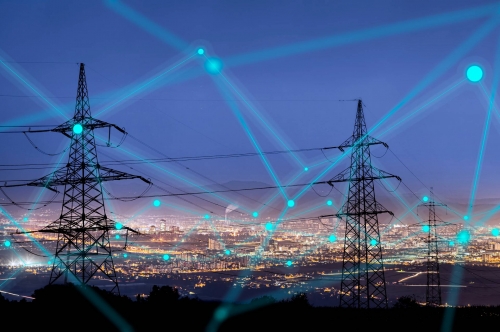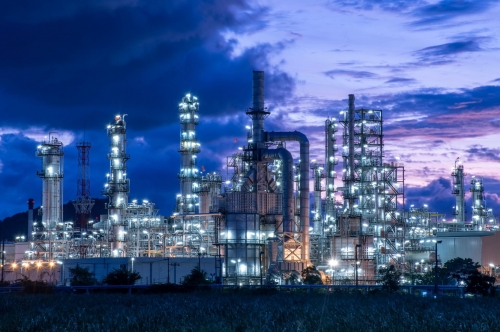Facility management with IoT (Internet of Things) involves using connected devices and sensors to monitor, control, and optimize various aspects of a facility's operations.
IoT technology offers a range of benefits for infrastructures, including increased efficiency, cost savings, improved safety, and enhanced sustainability. To implement IoT in facility management effectively, it's crucial to have a robust network infrastructure, data analytics capabilities, and a user-friendly interface for facility managers to access and interpret data. Additionally, ensuring data security and privacy is essential when dealing with IoT systems, especially in critical infrastructures.
As a result, IoT technology can significantly enhance the efficiency, safety, and sustainability of facility management operations by providing real-time data.
Key Functions of Facility Management Platform
Energy Management: IoT sensors can monitor energy consumption in real-time. This data can be used to identify energy inefficiencies, set energy-saving targets, and automate the control of heating, ventilation, and air conditioning (HVAC) systems.
Predictive Maintenance: IoT sensors can be placed on critical equipment such as HVAC systems, elevators, and generators. These sensors continuously collect data on the equipment's performance and health. Maintenance times can be predicted by analyzing this data with artificial intelligence algorithms, preventing costly breakdowns and downtime.
Anomaly Detection and Notification: It can enhance safety by detecting to emergencies/anomalies such as fires, fault, leaks, or security breaches in real-time. Alarms and notifications can be sent automatically to relevant personnel or authorities.
Sustainability Initiatives: By monitoring and controlling energy consumption, water usage, and waste generation, IoT can support sustainability goals, carbon offset programs, and adopting low-carbon technologies and certifications.




